Taking a Systems Approach to Restorative Justice in Education
My colleague Jan Noga recently turned me onto systems thinking, and I saw that it fit hand-in-glove with my work on readiness for and implementation of Restorative Justice in Education (RJE). So, let’s think about systems!
First, what is a system? At its most basic, a system may be defined as a group of interacting, interrelated, and interdependent elements, connected and joined by a web of relationships, that work together to form a whole. A system works to achieve a purpose. Further, when considering more complex human, or social, systems, the whole will always be different from, and greater than, the sum of its parts.
Systems thinking is a process of identifying the boundaries of a system, engaging with multiple perspectives within the system, and observing the interrelationships and connections that exist between the parts of a system and their relationship to the whole. Systems thinking can be described as looking through a wide-angle lens to see the connections between the parts, not just the parts themselves. It engages circular rather than linear thinking. Using a systems approach, RJAE Consulting can help you think about your school system We look at the big picture. We look at the relational ecology of the school. And we look at how your system is functioning within school walls and as part of a larger system - the district and the community.
RJE is about relationships – how people relate to each other in a school. We can assess the relational ecology of a school by looking at relationships between and among people. RJE implementation is also about relationships – but it’s about the relationships between different parts of the school that makes up the system you are engaged with.
Let’s use disproportionate discipline – a problem most schools have – to think about systems in schools. One purpose of RJE is to create just and equitable schools and classrooms, thereby disrupting systems that disproportionately discipline students of color, students with special needs, and LGBTQI+ students. Unfortunately, too many schools don’t take a systems approach with RJE. Instead, they use it as a kinder, gentler way to punish individual students who don’t conform to the school’s norms or are believed to be getting in the way of the school’s purpose. But RJE is bigger than that.
Let’s make this more concrete. Without systems thinking, you could reduce student behavior issues to individual students in conflict with individual teachers or with other students. Sounds pretty cut and dried, right? Wrong. Systems thinking lets us look at the teachers and their methods (Are they authoritarian? Do they lecture or use collaborative and relational pedagogies?). It lets us look at educational content. (Do all students see themselves in the curriculum or is one dominant perspective being taught?) It lets us look at the learning environment (Is it colorful, fun, and welcoming or dreary and oppressive?) It lets us look at the expectations for students. (Are they there to learn critical thinking and problem solving or are they there to pass a standardized test?) It lets us look at how the school is funded and organized? (Are resources scarce?) Is leadership visionary and supportive or punitive with a focus on compliance?
When you take a systems approach, you might see that some behavior issues are caused by students feeling that they don’t belong. Students may be pushing back against a system that they perceive is hostile and unwelcoming to them. RJE aspires to transform schools into places where everyone belongs by understanding how the system works (or doesn’t work). Changes the conversation, doesn’t it? RJAE Consulting can help you set your school up for success by tapping into the full transformational power of RJE and taking a systems approach to implementation. Contact us now.
